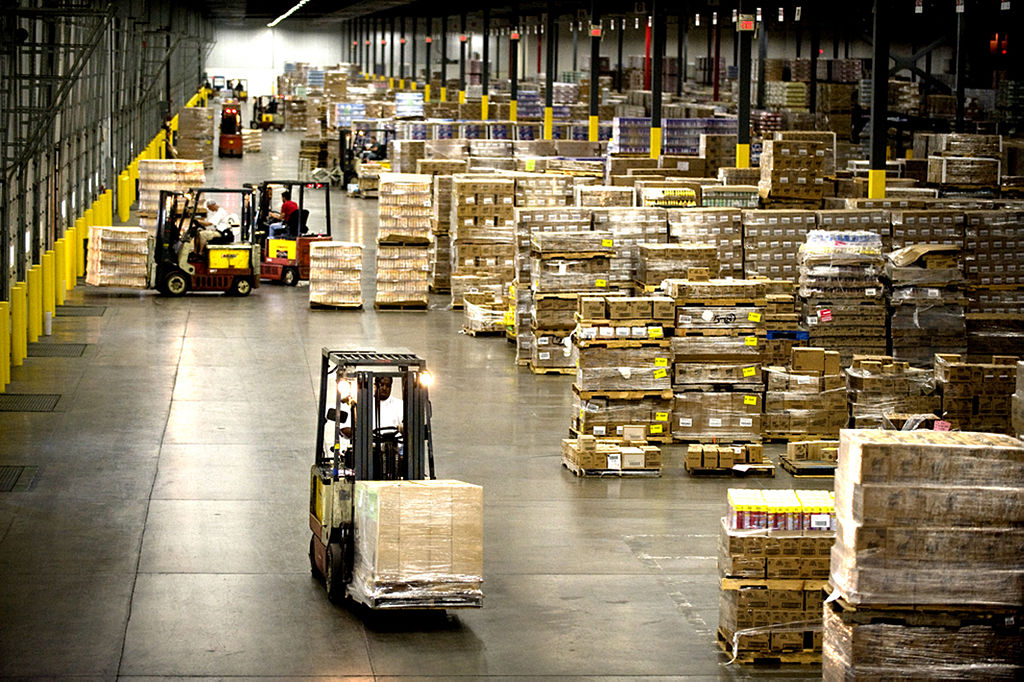Top tips for running an efficient warehouse

With the rise of online shopping, times have never been busier at warehouses across the country. For years, businesses have gotten away with inefficient picking processes, but with a sudden surge in orders, the flaws in their approach to logistics have been exposed.
If you have been made aware of this after an especially hectic day at the warehouse, these tips for running an efficient warehouse will help institute the streamlined system your company needs to thrive in 2017 and beyond.
1) Make popular SKUs easy to access
Take a close look at what has sold well over the past few quarters. Invariably, around 20% of your items will account for about 80% of total sales.
If not, your ratio should be fairly close to this standard, which is known in economic circles as a Pareto distribution.
Once you know which products are popular, place them within a short forklift drive of the shipping dock.
This way, you won’t have to go deep into the recesses of your warehouse every time you get an order for one of your best selling items.
2) Get pallet racking which makes sense for your operation
When your pickers get to where a specific item is located, they should have an easy time accessing it. If they have difficulty doing this, you may need to re-assess the pallet racking you currently use.
If you have a wide variety of items but limited space for storage, dynamic pallet racks may make more sense than single pallet racks.
Any vendor worth their salt will assess your operation and make specific recommendations based on the information you give them, so make sure they ask questions – otherwise, they are just looking to offload product on you.
3) Health and safety should be a priority
Don’t think there is an intersection between occupational health & safety and efficiency? There is more to designing a streamlined warehouse than ensuring lightning-quick turnaround times.
It extends to your balance sheet as well – there is nothing efficient about a workforce that gets hurt frequently. Lost worker hours, worker’s compensation costs, and presenteeism-related productivity losses (from employees who show up to work injured or sick) will bleed you dry if these issues get out of hand.
Examples of an unsafe workplace include improperly stored pallets (from which product can fall and injure workers) to bad ergonomics which can trigger repetitive strain injuries over time.
Make sure your workers go home safe, and you’ll save the headaches which come with WCB claims and unexpected visits by OSHA inspectors. Better yet, enroll your workers in training on proper safety measures at the workplace. Such training includes those offered by credible websites such as 360training.com, which offer OSHA 10 and OSHA 30 Hour Construction Course that will make your workplace OSHA compliant.
4) Get top-of-the-line software
Are your shop computers running the same software they were back in the DOS era? It’s time to update your logistics programs.
If this means overhauling the computers as well, do it. Advances in technology over the past decade have taken a quantum leap, meaning that the present generation of warehouse software can handle order sequencing, batching, and complicated orders with greater intelligence.
While doing this means there will be a period of growing pains, your business will be better off for it in the long term.









